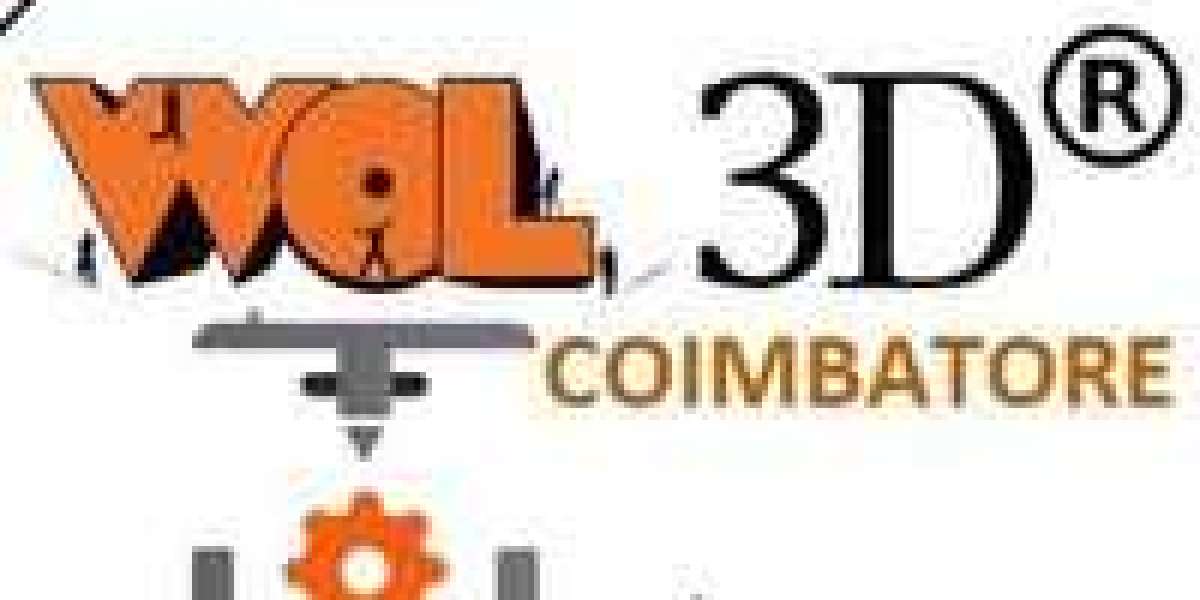Polypropylene (PP) spunbond nonwoven fabric is a material that has become indispensable in a variety of industries due to its unique properties and wide range of applications. From medical supplies to agriculture, this fabric offers numerous benefits that make it a preferred choice for many manufacturers. This blog will explore what PP spunbond nonwoven fabric is, its Spun bond fabric masnufacturer, key properties, benefits, and its diverse applications.
What is PP Spunbond Nonwoven Fabric?
PP spunbond nonwoven fabric is made from polypropylene, a type of thermoplastic polymer. Unlike traditional woven fabrics, nonwoven fabrics are made by bonding fibers together mechanically, thermally, or chemically. In the case of spunbond nonwoven fabric, the fibers are bonded together through a thermal process.
The production of PP Spunbond non woven fabric involves melting the polypropylene polymer and extruding it through a spinneret to form continuous filaments. These filaments are then laid down randomly on a conveyor belt and bonded together using heat and pressure to form a fabric. The result is a lightweight, strong, and durable material with a wide range of uses.
Key Properties of PP Spunbond Nonwoven Fabric
Lightweight and Strong: Despite its light weight, PP spunbond nonwoven fabric is strong and durable, making it suitable for applications that require a sturdy material.
Breathability: The fabric allows air to pass through, providing breathability, which is crucial for applications like medical masks and agricultural covers.
Chemical Resistance: Polypropylene is resistant to a wide range of chemicals, making the fabric suitable for industrial and medical applications where chemical exposure is a concern.
Hydrophobic: PP spunbond nonwoven fabric is hydrophobic, meaning it repels water. This property is particularly useful for applications where moisture resistance is essential.
Recyclability: As a thermoplastic polymer, polypropylene can be recycled, making PP spunbond nonwoven fabric an environmentally friendly option.
Customization: The fabric can be produced in various weights, colors, and finishes, allowing for customization to meet specific needs.
Benefits of PP Spunbond Nonwoven Fabric
1. Cost-Effectiveness
PP spunbond nonwoven fabric is cost-effective to produce, making it an affordable option for many industries. The production process is relatively simple and efficient, resulting in lower manufacturing costs compared to other types of fabrics.
2. Versatility
The versatility of PP spunbond nonwoven fabric is one of its greatest strengths. It can be used in a wide range of applications, from medical supplies to agricultural products, and can be easily customized to meet specific requirements.
3. Environmental Impact
Polypropylene is recyclable, and the production of PP spunbond nonwoven fabric generates minimal waste. This makes it an environmentally friendly choice for manufacturers looking to reduce their environmental footprint.
4. Ease of Use
The fabric is easy to handle and process, making it a convenient choice for manufacturers. It can be easily cut, sewn, and assembled, reducing production time and costs.
5. Hygiene
PP spunbond nonwoven fabric is often used in applications where hygiene is a priority, such as medical supplies and personal protective equipment. Its ability to repel water and resist chemicals makes it suitable for environments that require a high level of cleanliness.
Applications of PP Spunbond Nonwoven Fabric
1. Medical and Healthcare
One of the most common uses of PP spunbond nonwoven fabric is in the medical and healthcare industry. It is used to make surgical masks, gowns, caps, and other disposable medical supplies. The fabric’s breathability, lightweight nature, and resistance to fluids and chemicals make it ideal for these applications.
2. Hygiene Products
PP spunbond nonwoven fabric is also used in the production of hygiene products such as diapers, sanitary napkins, and adult incontinence products. The fabric’s softness, breathability, and absorbency contribute to the comfort and effectiveness of these products.
3. Agriculture
In agriculture, PP spunbond nonwoven fabric is used for crop covers, weed control fabrics, and greenhouse shading. The fabric’s breathability and ability to block UV rays help protect plants while promoting healthy growth.
4. Industrial Applications
The industrial sector uses PP spunbond nonwoven fabric for a variety of purposes, including protective clothing, filtration materials, and packaging. The fabric’s strength, durability, and chemical resistance make it suitable for demanding industrial environments.
5. Home Furnishings
PP spunbond nonwoven fabric is used in home furnishings such as furniture upholstery, mattress covers, and carpet backing. Its durability and ease of handling make it a practical choice for these applications.
6. Environmental Protection
The fabric is used in environmental protection applications, including erosion control and landfill liners. Its strength and resistance to environmental factors help protect natural resources and manage waste effectively.
Manufacturing Process of PP Spunbond Nonwoven Fabric
The manufacturing process of PP spunbond nonwoven fabric involves several steps:
Polymer Melting: Polypropylene granules are melted at high temperatures to form a viscous liquid.
Extrusion: The melted polymer is extruded through a spinneret, creating continuous filaments of polypropylene.
Web Formation: The filaments are laid down randomly on a conveyor belt, forming a web of fibers.
Bonding: The web of fibers is passed through heated rollers, which bond the fibers together using heat and pressure to form a cohesive fabric.
Finishing: The fabric is then subjected to various finishing processes, such as cutting, dyeing, and printing, to meet specific requirements.
Conclusion
PP spunbond nonwoven fabric is a versatile and essential material used in a wide range of industries. Its unique properties, such as strength, breathability, chemical resistance, and hydrophobic nature, make it suitable for diverse applications. From medical supplies and hygiene products to agricultural and industrial uses, this Spunbond fabric Maufacturer in India numerous benefits that make it a preferred choice for manufacturers.






